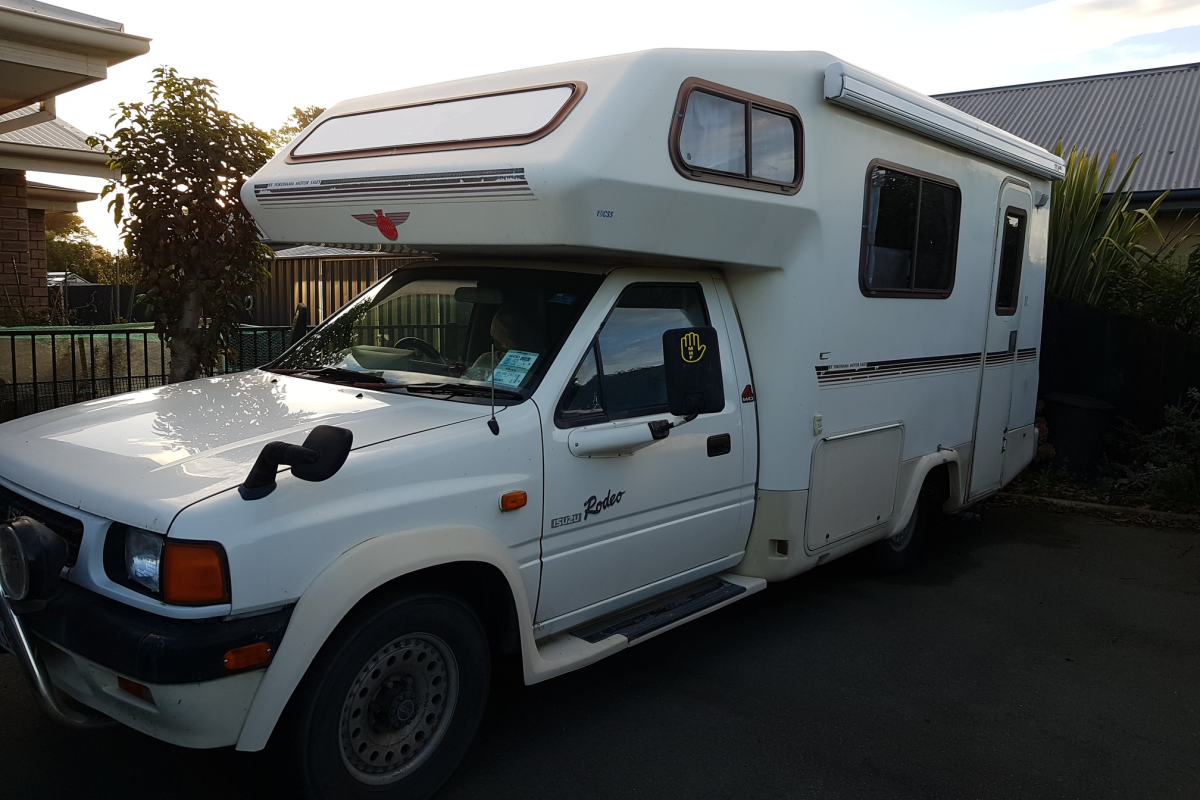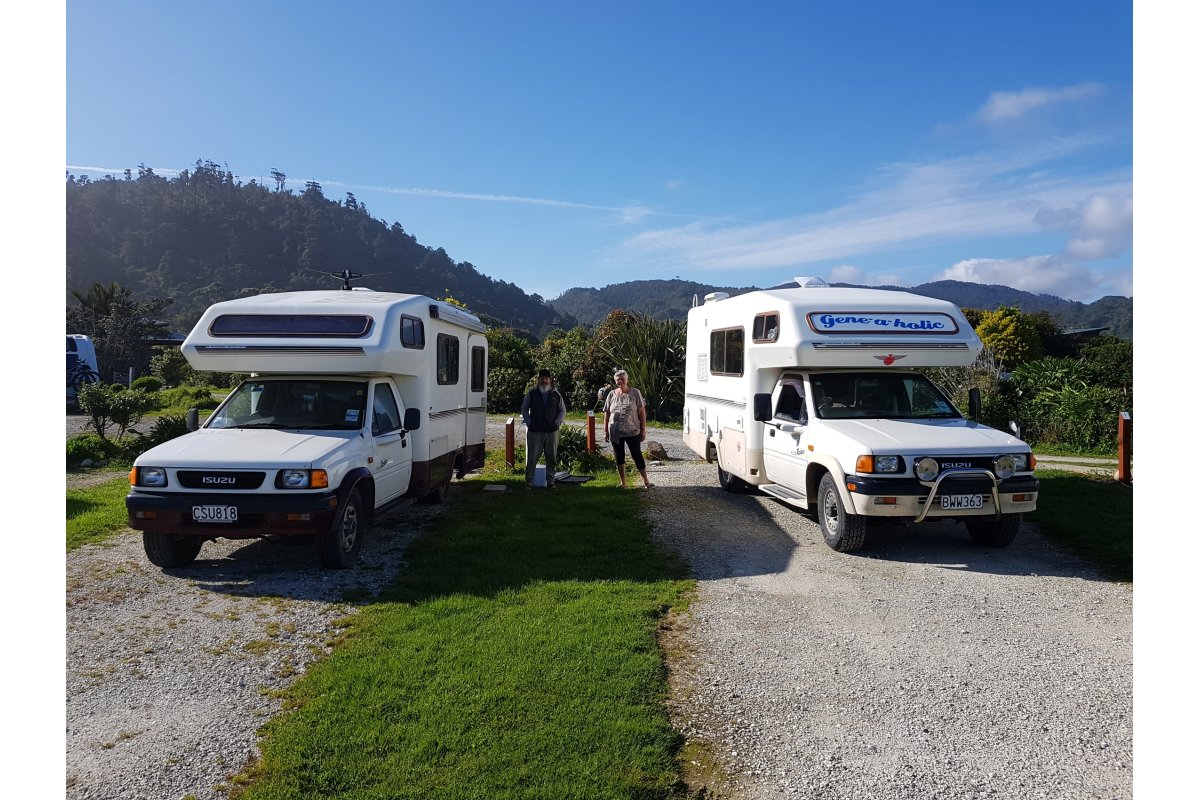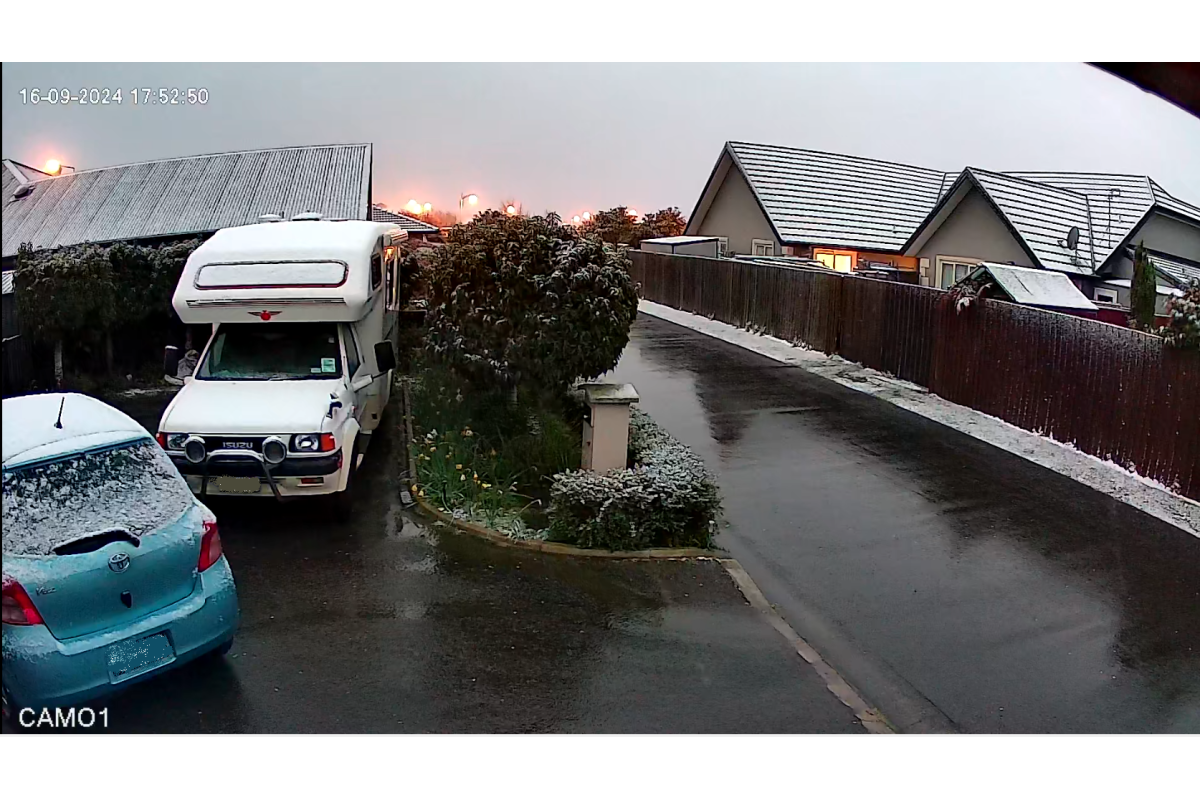
Rodeo 4x4 RV
A recent addition to the household is a 1992 Rodeo Mini RV.
It was mainly original, with only the fridge, and the gas heater replaced with diesel. The service history included went back a few years, and the first task was to go over the Rodeo to check everything was in top shape, as a long trip was planned for the future.
The problem with my approach to servicing is digging far too deep, and the more I looked, the more things I found that needed attention.
While there is some useful manuals about for the engine and transmission, other details are harder to pin down. There are additions specific to the camper, like extended heater and air conditioning pipes from the engine bay to the rear, and the 12V from the engine to charge the battery and power the fridge.
Some things were minor, like brake and fuel lines not attached to the body in some places, and others would have gone unnoticed, like a leaky valve in the brake booster. The rubber vacuum lines around the engine were all checked, and any leaking ones trimmed and reconnected or replaced where necessary. The brake master cylinder was just replaced, since there wasn't much cost difference to refurbish - it is nice when you have access to better than retail pricing.
The rear heater from the engine was not working. After working out where the wiring went, and what it did, the issue turned out to be the diverter valve in the engine bay. After removing it and giving it a clean and lubricate, it then worked again. A suitable replacement was tracked down, so they are still available if needed in the future.
The bulbs, except for headlights and fog lights, were all swapped for LED replacements and the bulb housings and lenses cleaned, restoring all lights to operational. The heat from incandescent bulbs affects the plastic, and replacing the light covers would be difficult. The indicator relay then needed some tweaking to restore the standard blink rate, but this did sacrifice it's ability to detect a bulb outage but saved an expensive replacement. Adding an equivalent load back to compensate would have defeated the goal of using led's to lower the heat output and energy demand.
On to the camper end
The big expense came with the water heater. It still had the original Suburban water heater in a non-working condition, but after some cleaning of the ignitor and the gas heater inlet, it looked to be working properly.
On it's very first outing the original hard wired gas detector proved it's worth, as did the new battery powered CO detector. The water heater seemed to be creating CO which entered the cabin. It wasn't life threatening as the battery powered CO sensor did not reach a trigger level, but was showing a rapidly increasing level. So the safety features did what they should, and made us aware of a potentially life threatening issue well ahead of time. The origional gas sensor also cuts off the gas supply, a feature no longer a mandatory requirement, but something I would now view as essential. The gas sensor's sensor Figaro TGS813 is also sensitive to CO, so that is why it triggered the alarm and gas shutoff. The modern sensors only have a life span of around 5 years, but this one still worked well. It took more than an hour for the detector to fully purge and allow the gas supply to be used again.
The mains electrical system was a combination of 120 and 230 volts with a 230-110 transformer added to supply 110v for the original (now removed) fridge, and to the Newmark DCV-40F, like this , ferroresonant 12V 40A converter/battery charger. The ferro-resonant power unit was operating out of spec, as it was designed for 60hz operation and had an annoyingly loud hum when on mains power.
This has now all been upgraded with a new battery charger/supply along with updated mains wiring, outlets and switchboard with RCBO's. The new water heater's 230v is now also connected.
A solar panel had been added, with it's controller and also another battery charger which has now been removed.
I was unable to locate any electrical wiring diagrams for inside the camper body, so I have had to trace out the wiring, relays and fuse boxes to work out how it all functions. A few bodges from previous repairs were found, and once understood, were removed and the original issue resolved correctly.
The numerous rocker switches were all "inverted" to conform to the English style where down is on.
Maintenance during the year has replaced both of the tail light fittings with new ones, as the sockets were becoming corroded due to water getting in.
The to-do list
It does keep growing, but for the mechanical side, the air-conditioning is not functional. This will be expensive, as it has a leak in the camper condenser which is hard to access, and the system is also still using R12 gas, so a major and expensive upgrade would be required to restore it's operation.
Power Upgrade, with new AC mcb's, outlets and some new wiring & DC PSU with Li-ion charging capability Now upgraded.
Brake Drums have been replaced, Dick rotors are purchased, but still to be fitted since that is a little harder.
Battery change to Li-ion
Additional solar panel
On our first trip away we met a fellow Rodeo Mini RV owner in Westport.

Our camper's older brother

Sometimes the snow comes to it